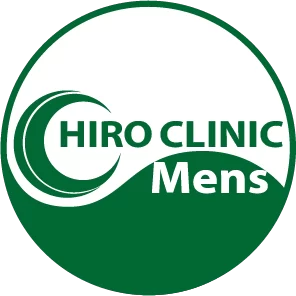Treatment Methods for Male Pattern Baldness (AGA)
Oral Medications
Oral medications are used to slow the progression of AGA by acting within the body.
Finasteride
- Effect: Suppresses the production of dihydrotestosterone (DHT), a male hormone, to reduce hair loss.
- Usage: Usually taken once a day.
- Side Effects: Reduced libido, erectile dysfunction, decreased semen volume, etc., though not all individuals experience these effects.
Dutasteride
- Effect: Similar to finasteride, but may work more broadly by inhibiting the production of DHT.
- Usage: Typically taken once a day.
- Side Effects: Similar to those of finasteride.
Oral Minoxidil
- Effect: Improves blood circulation throughout the body and promotes hair growth. It may have a wider range of effects compared to topical minoxidil.
- Usage: Usually taken once or twice a day, according to a doctor’s instructions.
- Side Effects: Headaches, dizziness, weight gain, edema (swelling), etc.
Topical Medications
Topical medications are applied directly to the scalp.
Topical Minoxidil
- Effect: Improves blood circulation and stimulates hair follicles to promote hair growth.
- Usage: Typically applied directly to the scalp twice a day.
- Side Effects: Itching, dryness, or redness of the scalp may occur.
Rogaine
- Effect: A product containing minoxidil that promotes hair growth.
- Usage: Like minoxidil, it is applied to the scalp twice a day.
- Side Effects: Similar to those of minoxidil, discomfort in the scalp may occur.
Regenerative Medicine
Regenerative medicine utilizes the body’s natural regenerative abilities to treat hair loss.
PRP Therapy (Platelet-Rich Plasma Therapy)
- Effect: Extracts components from the patient’s own blood and injects them into the scalp to promote hair growth.
- Usage: Multiple treatments, typically every few months, are recommended.
- Side Effects: Pain, swelling, or redness at the injection sites may occur.
Hair Transplant Surgery
- Effect: Involves transplanting healthy hair follicles from the back of the head to bald areas.
- Usage: Surgical procedure with a recovery period after the operation.
- Side Effects: Pain, swelling, and infection risks after the surgery.
Lifestyle Guidance
Lifestyle guidance aims to delay the progression of hair loss by improving habits and diet.
Healthy Diet
Maintain a balanced diet, with an emphasis on foods rich in vitamins and minerals. Iron, zinc, and vitamin D are considered beneficial for hair health.
Stress Management
Stress can worsen the progression of hair loss. Managing stress through relaxation techniques or hobbies is important.
Moderate Exercise
Regular exercise improves blood circulation and supports overall health, which may indirectly help maintain hair health.
Quit Smoking
Smoking can impair blood circulation, which may contribute to hair loss.



